In this post I want to talk about how to compose photos with leading lines. You’ve probably heard of leading lines photography before. And even if you haven’t, you will undoubtedly have seen many examples of leading lines photos – but perhaps without knowing that this was a specific composition method.
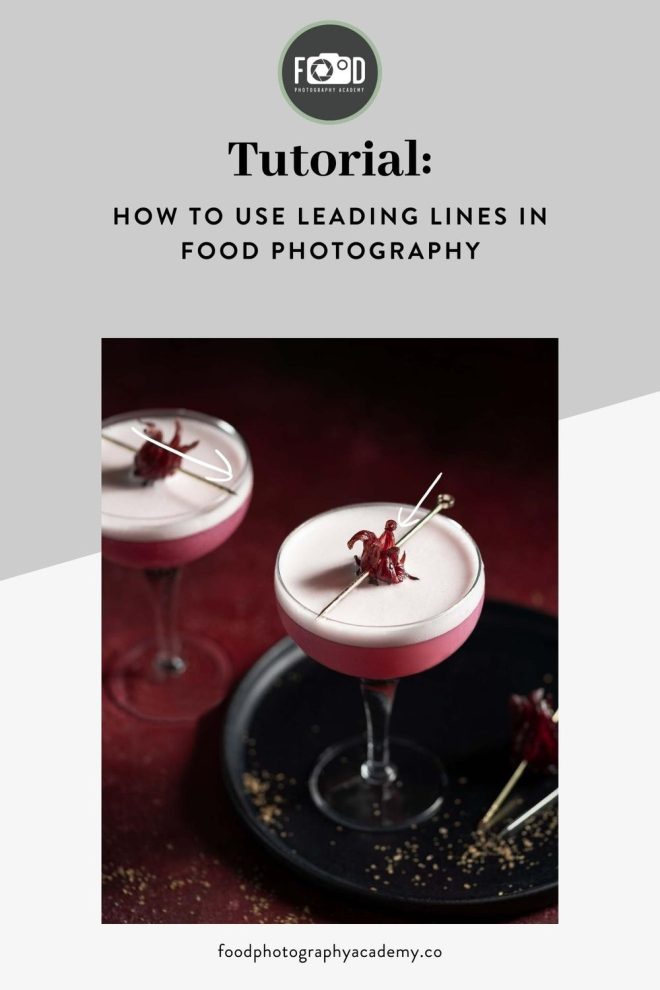
Good use of leading lines can be especially effective in food photography, where the technique will help to create a more sophisticated and visually effective image. By which I mean photo that maintains the viewer’s interest for longer while better delivering its message.
What’s more, a leading lines composition can add balance, movement, and a lot of extra interest to a photo, drawing in the viewer and letting their eyes explore the image before settling on the main subject.
I’ve created a handy rule of thirds print-out grid for you to help you plan your compositions more effectively, so you can go ahead and click the link below to get that.
Free Resource
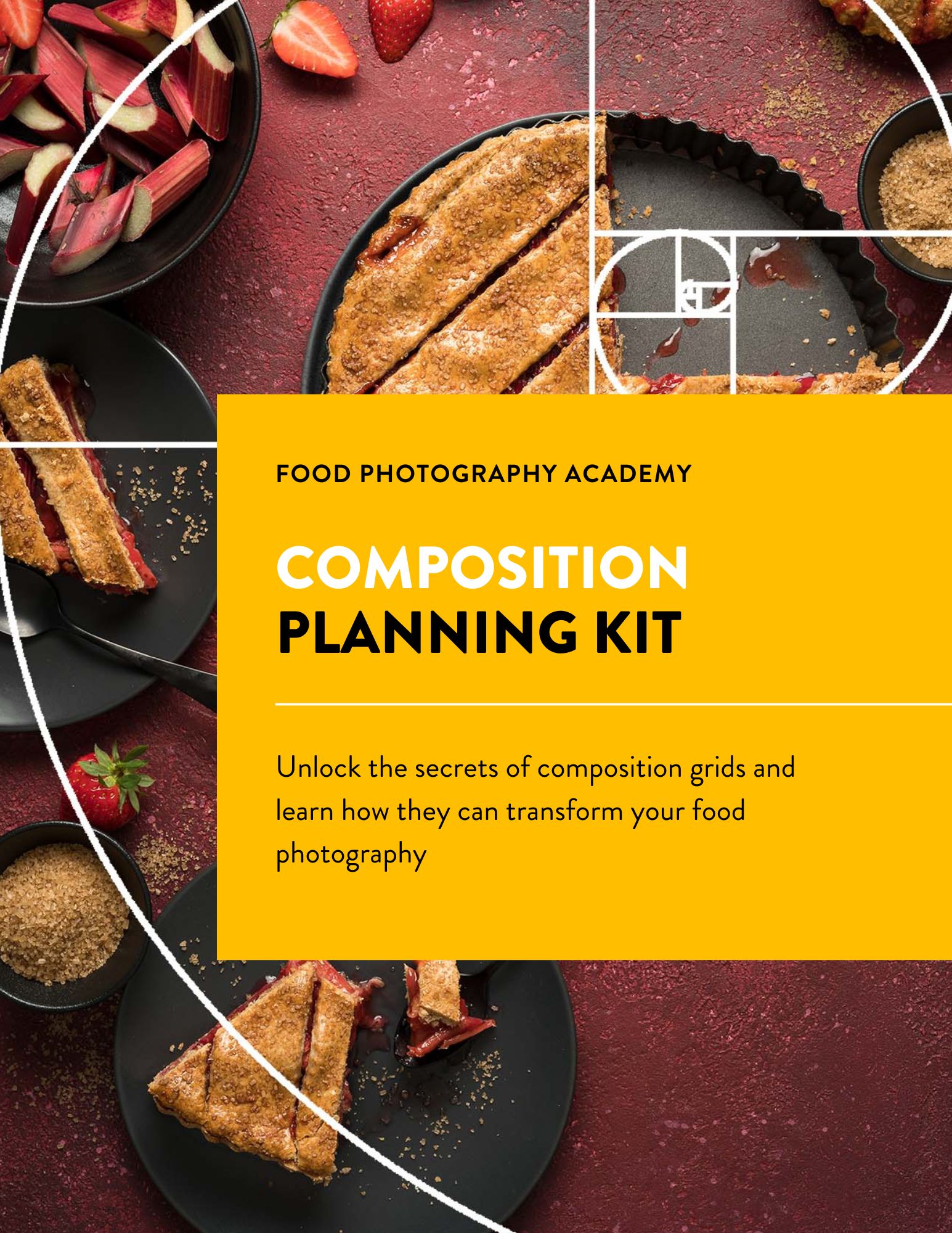
Stop guessing and start implementing with my foolproof composition system. Elevate your food photography from good to great with composition techniques.
That’s all very well, but just what are leading lines in photography exactly? And how can you make practical use of leading lines composition techniques in your own food photography?
No worries, in this guide I explain everything you need to know about creating leading lines photos of food!
What Are Leading Lines in Photography?
Before we get into the practical details of working with leading lines composition in food photography, it’s important that we gain a clear understanding of what leading lines are more generally.
In simple terms, leading lines photography makes use of compositional elements within the frame to help draw the viewer’s attention towards the main subject of the image. These compositional elements are either lines or a series of smaller objects that collectively suggest a line.
Leading lines will always be composed of secondary elements within the photo. Indeed, their purpose in the composition is precisely to emphasize the main subject.
What Are the Advantages of Photos With Leading Lines?
Leading lines photography is a powerful method of controlling where the viewer looks within an image. To the average viewer, it might seem like they are causally looking at the contents of the image in random order. But as photographers we know better; the order in which the viewer takes in the different elements within the frame is almost inevitable.
However, not only do leading lines photos allow you to direct the viewer’s attention right where you want it, but photos with leading lines tend to be compositionally more complex and interesting than those without. And this extra level of depth and intricacy will help to keep people engaged by the photo for longer.
What’s more, as leading lines help to emphasize the main subject, a leading lines composition will often be well balanced and aesthetically pleasing while also more effective at communicating its message to the viewer.
Clearly, then, you will want to make use of leading lines in your own food photography on a regular basis.
To help you plan leading lines into your composition, you can download my FREE composition planning kit below!
Free Resource

Stop guessing and start implementing with my foolproof composition system. Elevate your food photography from good to great with composition techniques.
Leading Lines in Photography Examples
In order to get a better idea of what photos with leading lines look like in practice, here are some general examples of leading lines photography. Notice how, in each of these imaginary leading lines photos, secondary elements (lines) serve to draw the viewer’s attention to the main subject of the photo. Essentially it is this combination – the use of less important linear elements to put extra emphasis on the main subject – that defines leading lines photography.
To get a clearer understanding of what leading lines photography looks like, try to imagine the following scenarios and notice how they can be broken down into 1 – supporting linear element(s), then 2 – main subject.
- A long straight road drawing the eye towards a distant mountain.
- A winding river bringing the viewer’s attention to a village in the valley below.
- The converging parallels of train tracks pulling the eye towards a building on the horizon.
- A tree-lined avenue drawing the eye to the gateway of a grand country estate.
- A string of festive fairy lights inviting the viewer’s gaze towards the open door of a house.
- Planks of wood left on the ground by workers, drawing our attention to where a stray dog is walking through a construction site.
- A series of large rocks on a beach, acting as visual stepping stones that draw our gaze towards a surfer coming out of the sea.
In all these cases, the viewer’s eye is unhurriedly transported towards the main subject by a flowing composition of linear elements in the frame (road, wood, lights, river etc.).
However, beyond the leading lines photography examples mentioned above, many other elements in our environment can also be used to create a leading lines composition; road markings, fences, bridges, steps, handrails, escalators, flowerbeds, hosepipes, even light-trails from passing vehicles. Basically anything that forms – or even merely suggests – a line that will act to draw the viewer towards the main subject of the photo.
Leading Lines in Food Photography
That’s great, but obviously there aren’t too many roads or rivers in food photography. At least not in a literal sense. What use to us are all these imaginary landscape images, and how do we go about making use of leading lines in food photography?
Well, aside from simply serving as good examples of leading lines photos in general, it can still be helpful to keep in mind the above landscape scenarios even when creating food photos. You may not be shooting rivers and mountains, nor train tracks and skyscrapers, but the principles of good leading lines photography remain the same – irrespective of the subject matter. And you may find it helpful to think of food photos with leading lines almost as if they were miniature landscapes for the eye to travel across.
How to Create Food Photos with Leading Lines
Leading lines food photography works in the same way as leading lines composition more generally; i.e. secondary compositional elements draw the viewer’s eye into the frame and towards the main focus of the photo; our hero dish.
In the case of food photography, however, we are actually at an advantage when compared with other photographers trying to create photos with leading lines. This is because we get to decide precisely where to position most of the visual elements within our shot (try doing that with a river!). And this means we are free to use these elements to create leading lines precisely where and when we want them.
I am a big fan of planning compositions before I start using composition techniques. You can read more about using composition techniques in food photography here.
For the most part these elements will be our props. But as we’ll see shortly, other visual components can also be used to create leading lines in food photography.
If you want a guide that will help you plan your food photography compositions, click below to download my free composition planning kit.
Free Resource

Stop guessing and start implementing with my foolproof composition system. Elevate your food photography from good to great with composition techniques.
Suggested Props for Creating Leading Lines Photos
Of course, some props will be more useful than others when trying to produce a leading lines composition. Here’s a list of what I think are some of the best items for easily creating leading lines photos. But I’m sure you’ll be able to come up with a few ideas of your own to add to the list as well.
Cutlery and Silverware
The careful placement of knives, forks, and sometimes even spoons, can make for some extremely effective leading lines food photography, while at the same time remaining a totally natural and believable part of the composition. And when shooting Asian-influenced cuisine, chopsticks are perhaps the most literal and effective leading lines of all. In fact chopsticks almost function as graphic arrows that you can direct right at the main subject, as if to say “look at this!”.
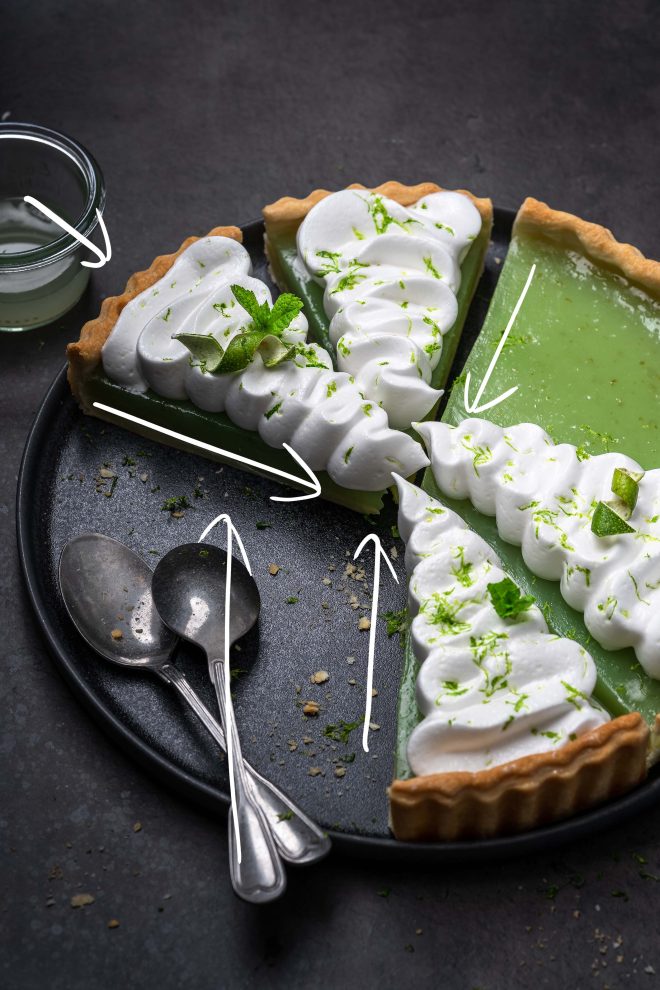
In this image, the spoons at the front of the dish help lead the eye upwards to the pie, and I’ve also cut a few slices to help create more leading lines that keep the eye bouncing around.
Utensils
A spatula, whisk, grater, serving spoon, cutting knife, pastry cutter, pestle, scissors, sauce brush, skewers, rolling pin, or any other long thin kitchen utensil can work brilliantly for creating leading lines. On top of this, they will also add to the narrative strength of the shot too.
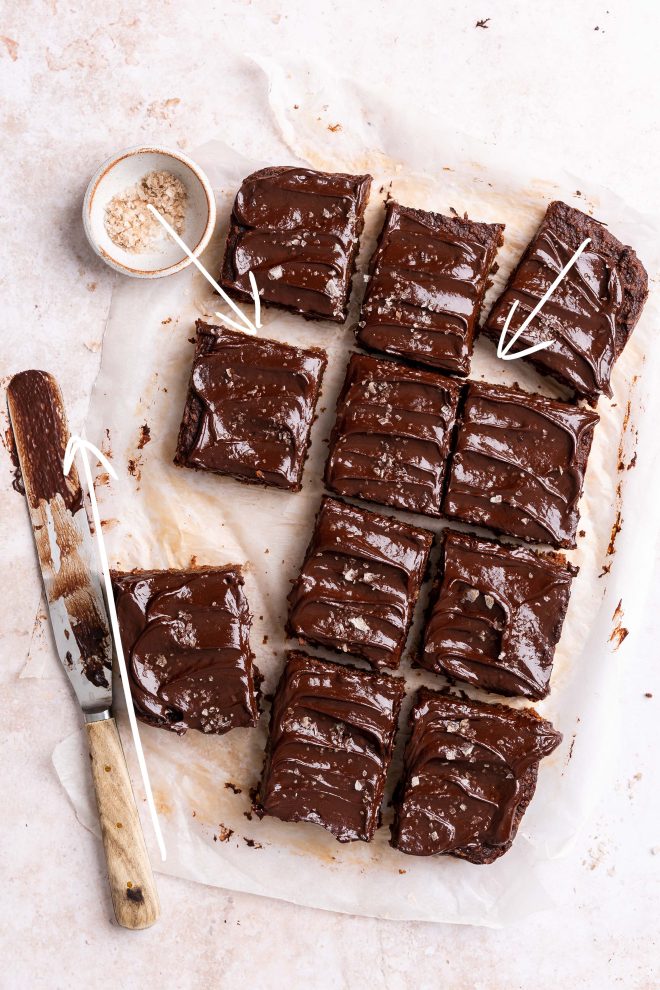
In this shot, the long palette knife not only creates a leading line along with the other cuts of the brownie, but shows how that ganache frosting was iced onto the cake.
Other Props
Beyond practical utensils and cutlery, also consider more decorative props, such as rolled napkins, paper drinking straws, or even more fanciful and romantic items such as branches or dried grasses. In fact pretty much any long props you might already be using in your shoot can be arranged in such a way as to create photos with leading lines.
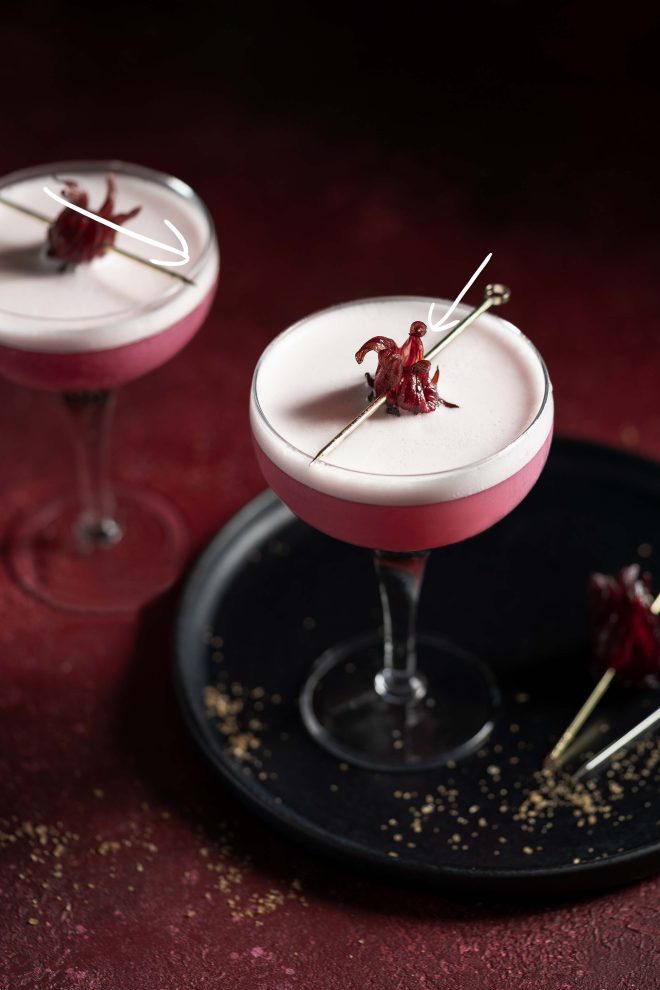
In this cocktail shot, I used two gold metal cocktail sticks to create leading lines to my focal hibiscus flower. The back glass is pointing directly towards the flower, and the front glass cocktail stick leads the eye directly to the flower.
Ingredients
It’s not just props that make good leading lines in food photography. Even the food and ingredients themselves can be used to create a leading lines effect.
Again, you’ll mostly want to use long, thin, items such as spring onions, herbs, carrots, asparagus, celery, spaghetti, grissini (Italian bread sticks) etc. But you might want to give some thought to leading lines even in the placement of garnishes such as citrus wedges or other less obviously linear ingredients. Similarly, think about the lines that can be created with drizzled liquids and sauces. Or scattered powders.
Finally, a triangle-shaped slice of cake or pie removed from the hero dish will also act like an arrow pointing back to where it came from with leading lines.

In this example, I placed a jug of the honey thyme dressing to the right of the salad with the spout pointing towards the main dish, with a little drizzle on the surface as a teaser of what’s inside.
Tips for Creating Better Leading Lines Compositions
By now you should have plenty of ideas of the kinds of items you can use to create leading lines in food photography. But a big part of the success of leading lines photos comes down to how we use them.
That being the case, here are a few of my favorite tips for getting the most creative mileage out of your leading lines photography.
Straight or Curved
Your leading lines don’t need to be straight. They can be curved or meandering and still have the same effect. All that matters is that they draw the viewer’s eye into the image so that it ends up at your hero dish.
For example, despite being far from straight, a sweeping flourish of, say, long Asian aubergines, chives, or even artfully arranged tomatoes on the vine, can act as a visual pathway drawing the viewer into the image and delivering them directly to the subject.
A Dotted Leading Line Is Still a Leading Line
Similarly, leading lines can be just partially formed, or merely implied, and yet still be effective compositional elements. Think of stepping stones, or Little Red Riding Hood’s trail of breadcrumbs. In a food photography context these might be scattered nuts, seeds and berries. Or a dripped sauce. You could even try using a dash of spilt salt or other grains and powders to create a leading lines composition.
The dotted line technique can be very subtle while remaining every bit as potent as an unbroken line in transporting the viewer’s eye to the main subject.
An Edge Is As Good as a Line
Leading lines don’t literally need to be lines at all. In practice the edge of a placemat, cutting board, or baking tray will work in the same way as a long thin object, pulling the viewer’s eye into the frame and right up to the main dish.
Also, it’s easy to overlook this when creating photos with leading lines, but the background can be just as important as the foreground. For a graphic leading line effect, try using two or more different shooting surfaces to create lines where you want them in the background and then position the dish right over them.
Keep it Casual
Although the purpose of leading lines in photography is always to serve as a visual trail, drawing the viewer towards the hero dish, too much precision and symmetry here can look false and feel compositionally awkward. In fact photos with leading lines will usually work best if you don’t position the lines so that they coincide precisely with the centre of your dish. Instead a little asymmetry, or careful application of the rule of thirds, will feel much more natural here.
For example, in a shot of a cake, I might use a knife and fork to create simple leading lines directing the viewer’s gaze towards the cake itself. But I probably wouldn’t position these props so that they are pointing right at the center of the cake, as this would likely look both unnatural and visually ugly. Better if the leading lines are aimed a little off-center.
Virtual Leading Lines
You can even create leading lines in photography without any props or ingredients at all – virtual lines if you like – by playing with light and shadow. Imagine an image cut in half diagonally by the contrast between light and dark areas. Even though there isn’t literally a line here, the divide between highlight and shadow works in the same way as the techniques we’ve seen above; creating a visual device that draws the viewer’s attention towards the subject.
To achieve this effect you could simply place a black flag or polyboard so that it partially blocks the main light source. By carefully positioning this go-bo, the divide between shadow and light will fall right on the subject. This will add visual interest to the shot while also creating a leading line.
Alternatively, a low angled light will cause any tall props in your composition to cast long shadows. Items such as a bottle or tall glass can be placed in the frame in such a way as to create a leading lines composition made entirely of shadows.
Subtle or Bold
Also keep in mind that leading lines don’t need to be obvious in order to do their work. They can still draw the eye to the subject even if they are not brightly coloured or dominant. And one of the advantages of creating leading lines with light and shadow is that you can easily adjust the contrast ratio to make the shadows more or less evident depending on your needs.
Before you go, don’t forget to download your free composition planning kit to help you build your leading lines into your food photos.
Free Resource

Stop guessing and start implementing with my foolproof composition system. Elevate your food photography from good to great with composition techniques.
Final Thoughts
If you’ve read this far you should now have a clear idea precisely what are leading lines in photography. And with all the tips above, you should be fully prepared to explore the leading line technique in your own photos next time you shoot.
Leading lines photography can be a very powerful way of controlling the order in which a viewer looks at the different elements of a photo. And by thinking of your food photography in the same way that a landscape photographer approaches natural terrain, you can take the viewer on a visual journey through your images, delivering them right where you want them.
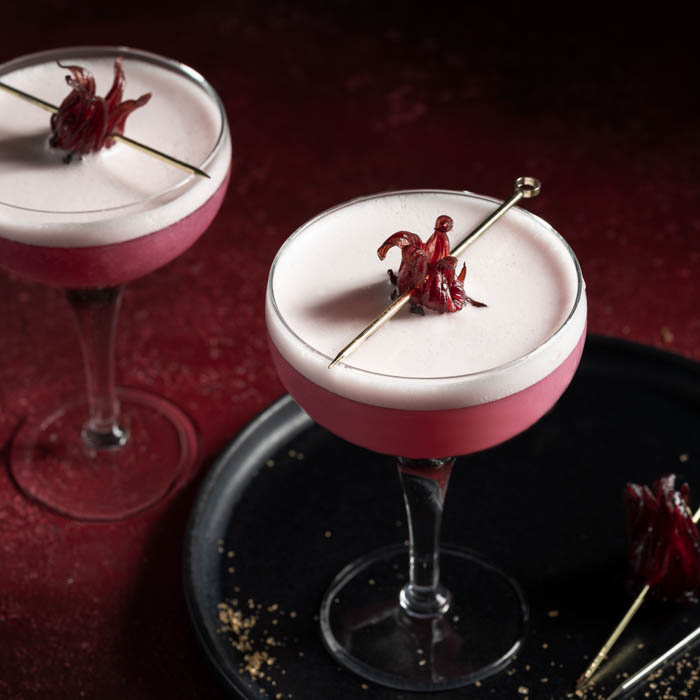
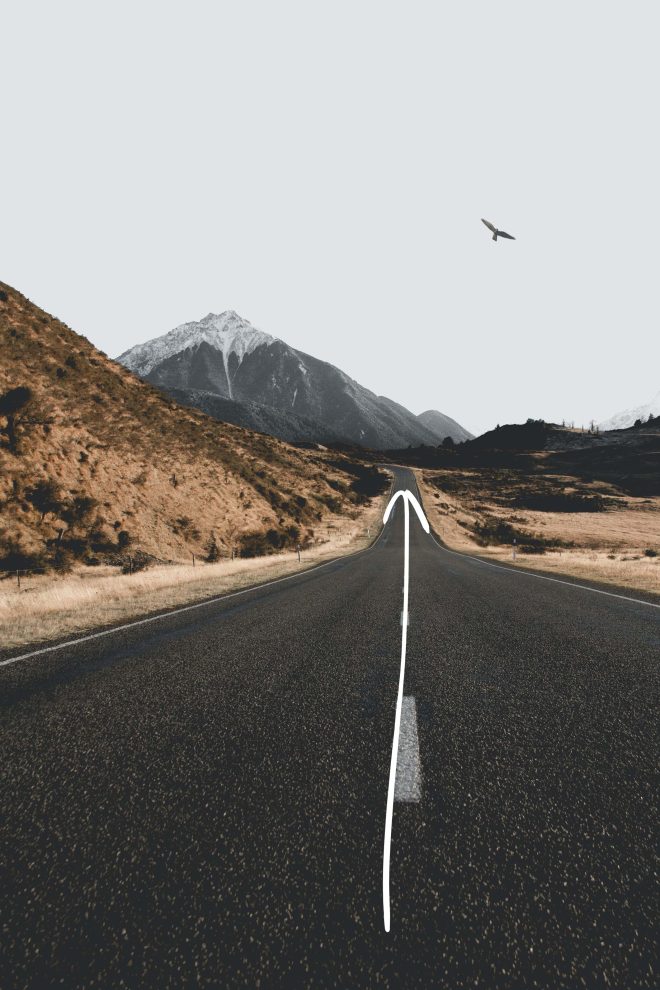
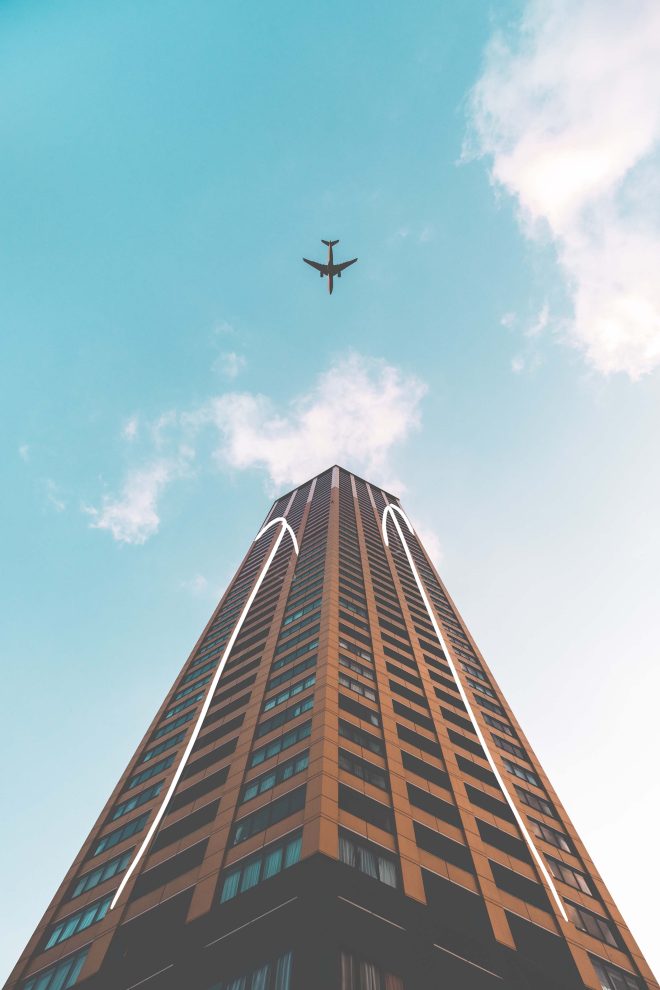
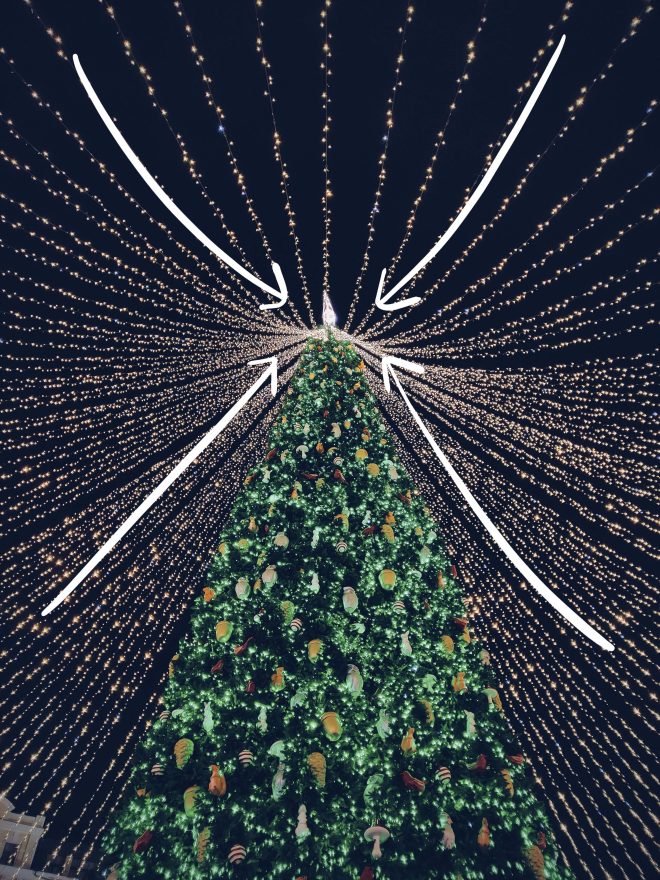
Thank you for these tips! I love taking food pictures and post them in my stories. I will definitely try these tips in the future!
What a great article! Thank you for making it available!